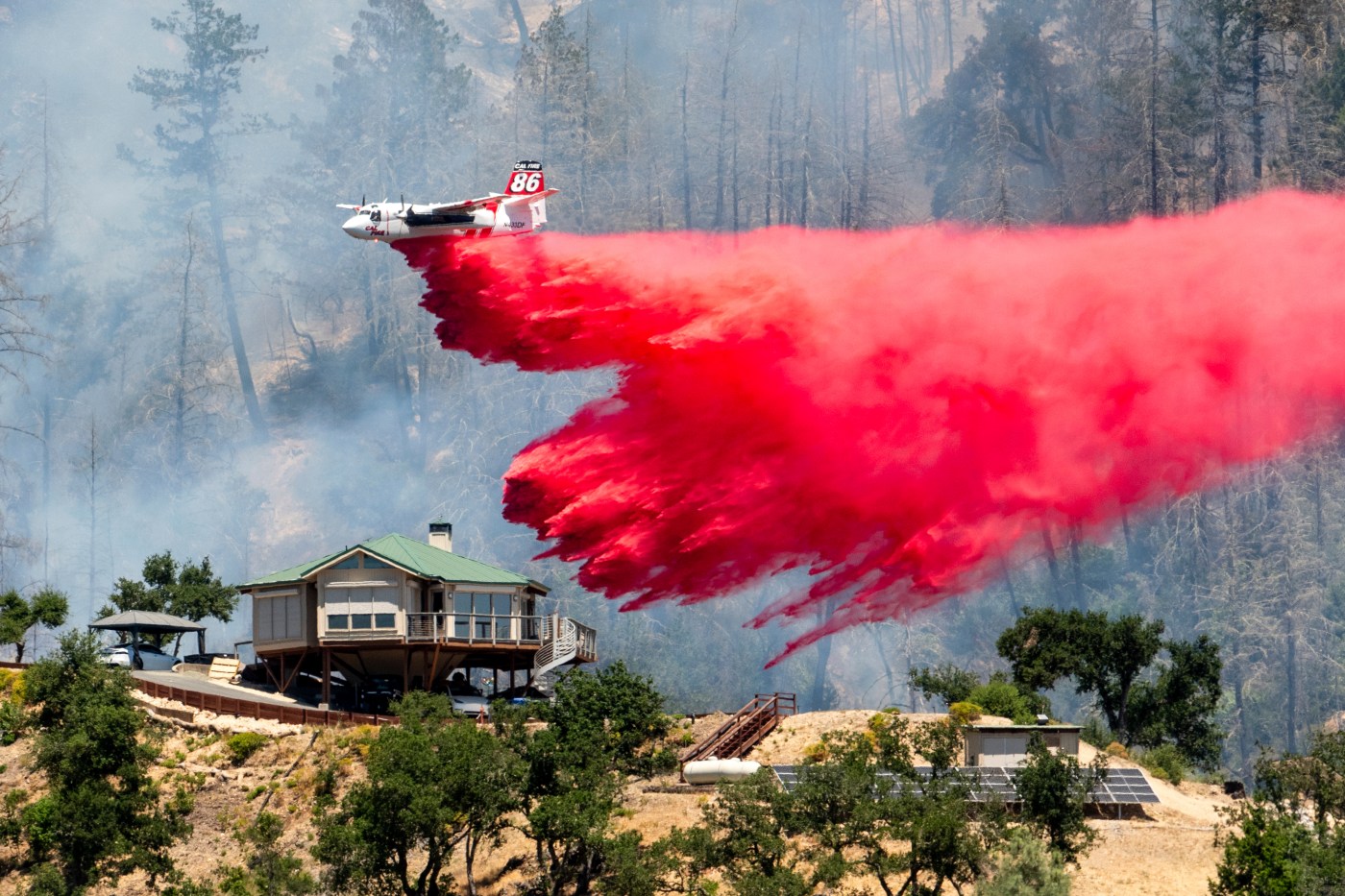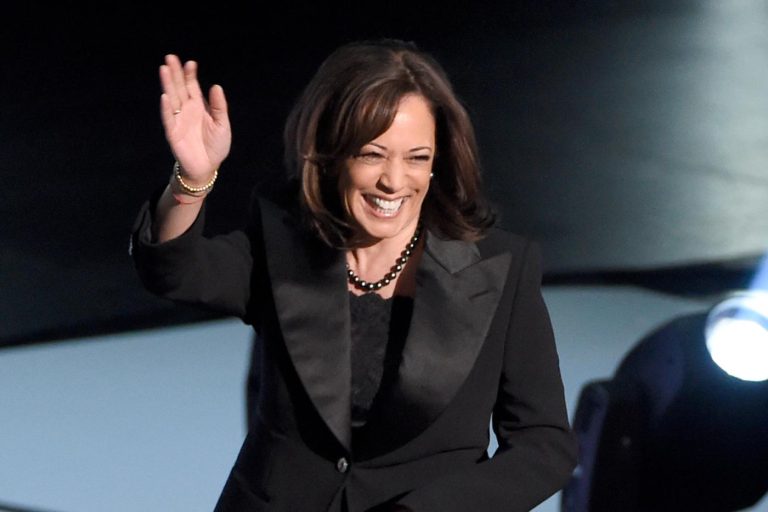California has endured three severe droughts over the past 15 years. Its five largest wildfires in recorded history have all occurred since 2018. Heat waves with temperatures above 110 degrees are breaking records summer after summer.
With that backdrop, along with a state budget that lawmakers have struggled to balance over the past year, California voters will decide the fate of Proposition 4, a bond measure on the November ballot that would authorize $10 billion in spending to address climate change and its impacts.
The money would fund a range of programs, from increasing forest thinning to planting more trees in cities to reduce temperatures during heat waves. It also would pay for programs to expand water conservation and recycling, enlarge state parks and create coastal wetlands to buttress rising sea levels.
More than 100 environmental groups, from the Sierra Club to Audubon California, urged lawmakers in Sacramento to place the measure on the ballot to replace funding for climate programs that was squeezed out of this year’s budget to help eliminate the deficit. It needs a simple majority to pass.
Supporters, which include the California Democratic Party, labor unions and large water agencies, argue that Proposition 4 is a smart investment.
“It’s like getting a new roof on your house before it rains, or getting fire insurance before a fire,” said Mike Sweeney, California director for the Nature Conservancy, a major supporter. “It’s cheaper now to shore up our defenses against a changing climate before it gets worse and more expensive. We know there are a lot of things we can do now to make ourselves more resilient.”
Supporters have raised $5.3 million, much of it from environmental groups like the Nature Conservancy, Trust for Public Land, Peninsula Open Space Trust, Big Sur Land Trust and others to pay for advertising, polling, campaign staff and other expenses. There is no organized opposition campaign.
Bonds are like IOUs. The state sells them to investors, and then pays them back with interest, usually over 30 or 40 years.
Critics, led by taxpayer groups and leading Republicans in the Legislature, say California should cut other programs to provide the money instead.
“This is running up the credit card,” said Jon Coupal, president of the Howard Jarvis Taxpayers Association, the state’s leading taxpayer rights organization. “We should cut high-speed rail, and waste, fraud and abuse instead. Gavin Newsom has spent billions on homeless programs, and he just vetoed a bill to audit that spending. There’s a huge lack of accountability and transparency in California.”
A poll in September of 1,071 likely voters by the nonpartisan Public Policy Institute of California found Proposition 4 leading 65% to 33%. Its support was strongest in the Bay Area and Los Angeles, and weakest in the Central Valley.
Support was also strongest among people earning less than $40,000 a year — with 78% saying they will vote yes. There are party divisions too, with 83% of Democrats and 64% of independents in support compared to just 35% of Republicans.
Several key players haven’t taken a position. The California Chamber of Commerce is neutral. Newsom hasn’t said whether he supports or opposes the two bond measures on the Nov. 5 ballot, Proposition 4, and Proposition 2, a $10 billion bond measure for schools.
Historically, California voters often support bonds. They approved a state bond measure in 1928 that established California’s state parks system, and in 1960 to build the State Water Project.
From 1993 to March 2024, California voters approved 74% of the bonds on the statewide ballot — 34 of 46 — to fund roads, highways, bridges, schools, universities, parks, water systems, housing initiatives and other projects, according to Ballotpedia, a website that tracks elections.
If approved by voters, the climate bond funding would be spent as follows:
$3.8 billion for water projects, including groundwater storage, recycled water, desalination and reservoirs
$1.5 billion for wildfire resilience, mainly by thinning forests and using controlled burns
$1.2 billion for sea level rise projects, including restoring beaches, wetlands and coastal bluffs
$1.2 billion for wildlife, from restoring salmon runs to building freeway crossings for wildlife
$850 million for renewable energy and clean air programs, including offshore wind and solar
$700 million for new parks and outdoor access
$450 million for extreme heat mitigation, such as more green spaces in cities and schools
$300 million for farm projects such as water conservation and soil health programs
At least 40% of the bond money is required to be spent in disadvantaged communities, which often have the fewest acres of parks, the most smog and the most people at risk from heat illness.
According to a nonpartisan analysis by the California Legislative Analyst’s Office, the estimated cost to repay the bond would be about $400 million annually over a 40-year period. Payments would be made from the state general fund.
Related Articles
Prop. 36: Opponents of crime ballot measure see fundraising surge while trying to overcome polling deficit
PRO/CON: Should California ease the passage of local bonds with Proposition 5?
Opinion: Proposition 5 would turbo-charge tax hikes, increase local debt
Opinion: Proposition 5 will help Bay Area face its biggest challenges
Prop 32 would raise the minimum wage to $18 – but would it cost jobs or lead to higher prices?
The office noted that the state currently is paying about $6 billion a year from its general fund to repay bonds. That’s about 3% of the state’s annual general fund revenue, which is lower than the historical average of about 4%.
Jay Lund, a professor of environmental engineering at UC Davis, said state lawmakers need to do a better job of providing regular, long-term funding sources for water projects, wildfires and parks. Bonds, he noted, are more costly because they must be paid back with interest. Water bonds often do well during droughts or after big floods, but don’t always pass. Proposition 3, a water bond in 2018, was narrowly defeated.
This is the first time that supporters have marketed a parks and water bond as a “climate bond.”
“Climate change is evergreen,” Lund said. “You don’t have to wait for a drought year or flood year. Politically, it allows you to build a big tent.”












